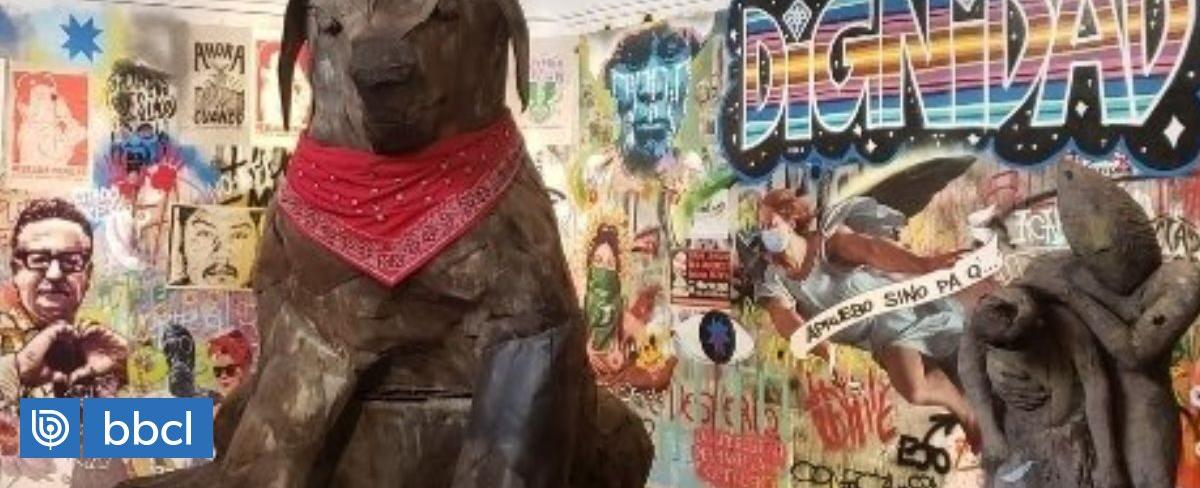"Oda a la violencia": las críticas de Kast y Matthei por visita guiada a Museo del Estallido Social

Have you ever wondered how to approach the dark and violent episodes of history? Recently, a controversy has erupted in Chile over a guided tour through the Museum of the Social Outbreak organized by the National Museum of Fine Arts. The museum is an exhibition of pieces gathered during the social discontent that erupted in the country in 2019. The tour is called “Oda a la violencia” or Ode to Violence, and it has been the subject of criticism from politicians, notably from right-wing leaders José Antonio Kast and Evelyn Matthei, who argued that it glorifies violence and promotes political propaganda. Nevertheless, the curators of the museum argue that the tour aims to contribute to the historical memory of Chilean society, an essential tool for preventing similar events from happening again. The tour highlights the human rights abuses committed during the riots, the artwork created in response to the protests, and the role of social media in the dissemination of information. While some argue that the tour is a necessary part of coming to terms with the past, others contend that the dark memories of the past should not be glorified or romanticized. In any case, this issue raises important questions about the role of museums and their responsibility in presenting violent and polarizing events in history. Understanding our past is a key feature of our future development.
Quick Links

